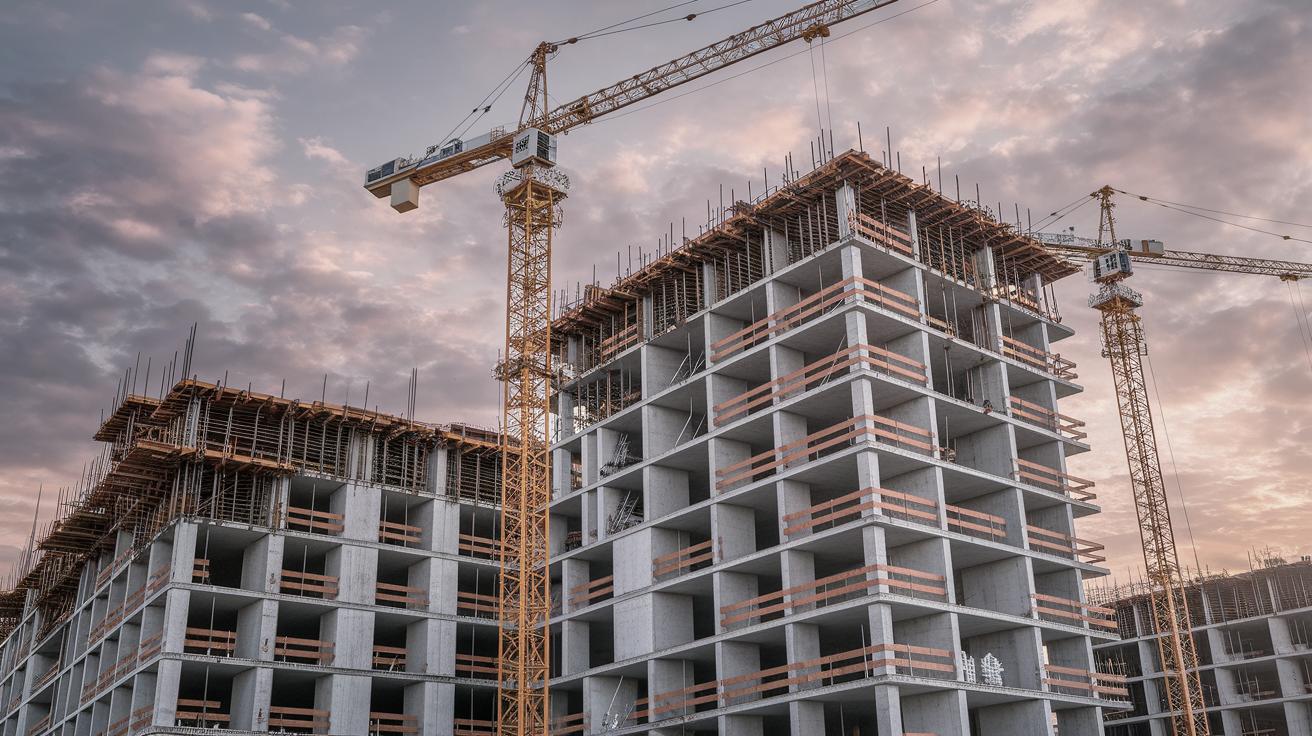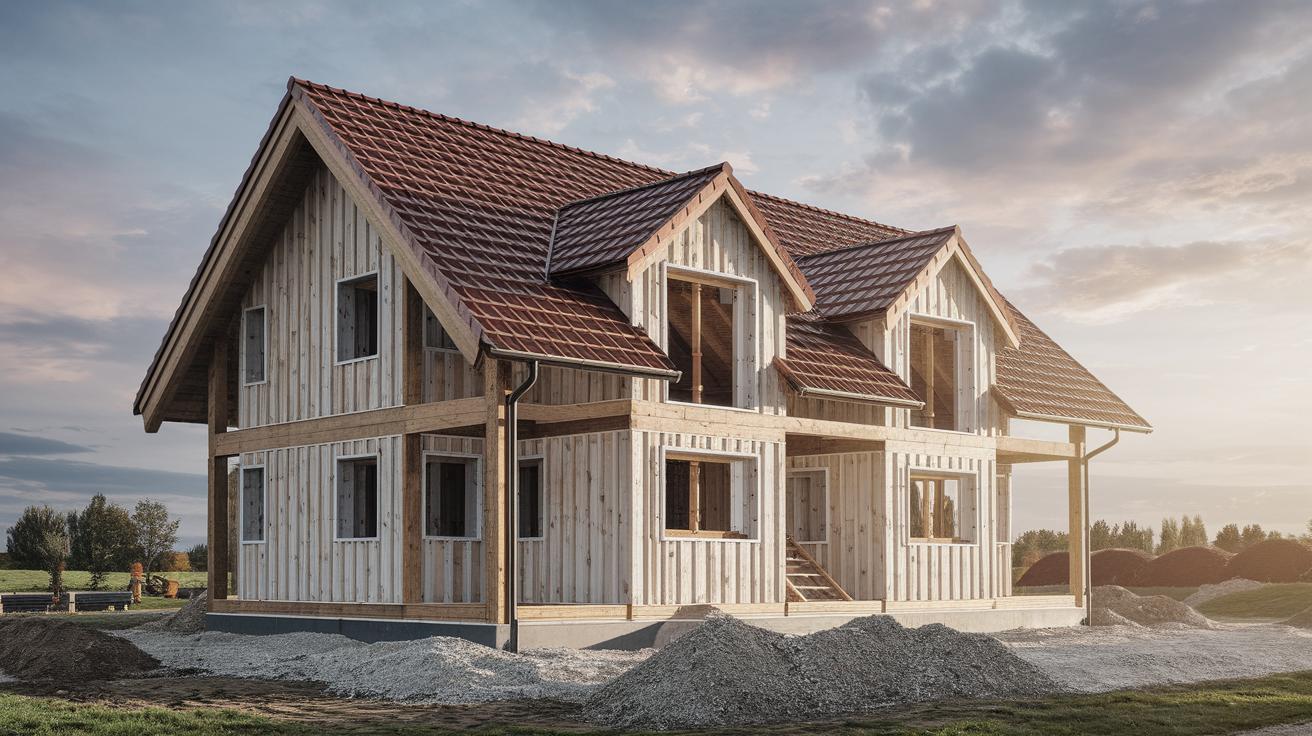Impact of Building Codes on Construction Projects
Building codes play a pivotal role in shaping construction projects worldwide. They serve as the backbone of safety, efficiency, cost management, and sustainability within the building industry. From ensuring the structural integrity of buildings to promoting eco-friendly materials, building codes have far-reaching impacts. This article delves into their significance, discussing key aspects such as safety, efficiency, cost implications, sustainability, compliance challenges, and inspections. Through this comprehensive exploration, we aim to provide insights into how these codes not only regulate but also facilitate the construction process, ultimately ensuring that projects are safe, efficient, and in line with modern sustainability goals.
What Are Building Codes?
Ensuring Safety
At the core of building codes is the overarching aim of guaranteeing safety for both inhabitants and the surrounding environment. These codes set the standards for construction methods and materials to minimize risks during natural disasters such as earthquakes, floods, or fires. For instance, seismic codes in regions prone to earthquakes mandate specific structural reinforcements to enhance building resilience.
Moreover, safety regulations extend to fire safety protocols. This includes the use of fire-resistant materials and systems like sprinkler installations and fire alarms designed to protect occupants. By adhering to these codes, construction projects lay the groundwork for spaces that are structurally sound and secure for their intended use.
Boosting Project Efficiency
Building codes are not just about compliance and safety; they also promote efficiency in construction projects. By providing a detailed framework, they establish clear expectations for engineers, architects, and builders, leading to streamlined project timelines. These codes minimize guesswork in design and construction processes, mitigating the risk of costly project delays.
An efficiently run project is one less prone to errors. Codes specify precise technical details and standards to be followed, reducing the need for reworks, which can often lead to inflated project timelines and downtime. As stakeholders understand what is required from the outset, they can better coordinate activities, optimize resource usage, and enhance productivity, resulting in a smoother project execution.
Cost Implications
While comprehensive, adhering to building codes can also influence the budget of construction projects. Initially, compliance may seem like an added cost due to the need for specific materials or techniques. However, in the long run, these codes can help avoid unforeseen expenses related to safety failures, structural damage, or energy inefficiencies.
Furthermore, projects that fail to comply with building codes can face significant fines and penalties, which add up over time. By ensuring that initial compliance is met, project developers can safeguard their investments and avoid legal issues that could arise post-construction. Therefore, building codes, although sometimes seen as an upfront cost increase, can result in substantial financial savings by preventing future liabilities.
Promoting Sustainability
In the modern era, construction projects are increasingly being designed with sustainability in mind. Building codes have evolved to incorporate standards that support green building practices, such as energy-efficient systems, sustainable materials, and renewable energy sources. Codes that mandate insulation standards, for example, help reduce energy consumption by maintaining temperature control naturally.
Additionally, water conservation protocols within building codes encourage the use of technologies that minimize water wastage, promoting eco-friendly practices. By setting regulations for environmentally friendly construction, building codes not only aid in conserving resources but also play a critical role in addressing global environmental challenges, reducing the carbon footprint of new constructions.
Challenges of Compliance
One of the significant challenges in the construction industry is ensuring consistent compliance with building codes. These codes can vary significantly by region and are subject to frequent updates to keep pace with technological advancements and emerging safety concerns. Thus, construction professionals must stay informed about current codes, which can be a daunting task.
Additionally, compliance often necessitates additional training for personnel to fully understand and aptly apply these regulations. This need for continuous education can strain budgets and resources. However, despite these challenges, maintaining compliance is non-negotiable to ensure the safety, efficiency, and legality of construction projects.
Building Code Inspections
Building inspections are a critical component of the compliance process, serving as checks to ensure that projects adhere to established codes throughout the construction lifecycle. These inspections occur at various stages, from foundation and framing to final occupancy review, providing multiple opportunities to correct potential code violations.
Inspections also play a role in maintaining accountability among contractors and builders, ensuring that the standards governing safety and quality are met. While these inspections might feel intrusive, they are invaluable in upholding the overall integrity of a project. They reassure investors and future occupants alike that the building meets critical safety and operational criteria.
Conclusion🎯
| Aspect | Summary |
|---|---|
| Ensuring Safety | Building codes mitigate risks in events like natural disasters by setting safety standards. |
| Boosting Project Efficiency | Codes streamline processes and set clear expectations to reduce the possibility of delays. |
| Cost Implications | Initial compliance costs can prevent future liabilities and financial losses. |
| Promoting Sustainability | Codes incorporate sustainable practices to encourage energy efficiency and resource conservation. |
| Challenges of Compliance | Regular updates and the need for continuous learning pose compliance challenges. |
| Building Code Inspections | Inspections ensure compliance at various stages, upholding safety and quality standards. |


